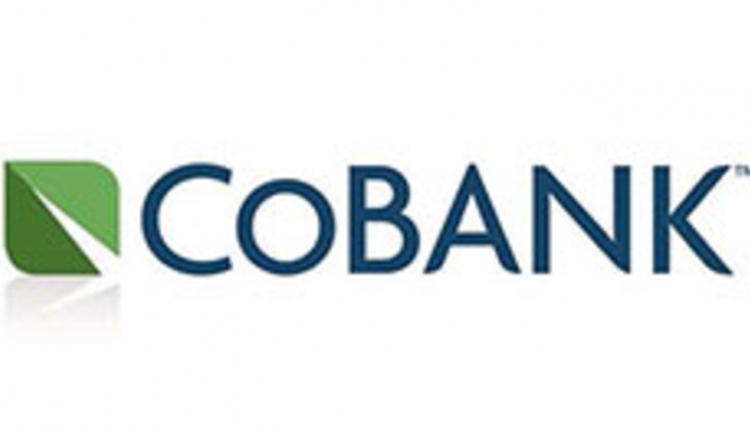The information below has been supplied by dairy marketers and other industry organizations. It has not been edited, verified or endorsed by Hoard's Dairyman.

Is an anaerobic digester in your dairy farm’s future? The answer is yes for more and more farms.
According to the U.S. Environmental Protection Agency, more than 220 anaerobic digestion systems are currently in operation on U.S. dairy farms, with at least 50 more under construction. Additionally, government agencies estimate there is potential for these systems on approximately 2,700 more dairy farms. [1]
The reasons and opportunities to add anaerobic digester technology to dairy farms are as varied as the farms themselves. However, many projects are rooted in the desire to add a new revenue source for the dairy while reducing the operation’s environmental footprint and participating in developing carbon markets.
For example, California’s Low Carbon Fuel Standard, various tax credits, renewable energy credits, carbon offset credits, or other incentives offered through federal or state renewable or low carbon fuel standards are potential sources of revenue or cost savings. Additional programs and market opportunities are in development, as well.
Starting off
“Your farm will need trusted partners to help navigate this sometimes-challenging landscape,” says Renee Schrift, McLanahan Corporation Business Line Director – Agricultural Systems. “You don’t want to get halfway into a project only to learn you didn’t have the right people at the table during its development. Your current advisory team, as well as additional expertise will be needed. Every situation is different, but you will likely need a combination of professionals from several disciplines to provide the counsel you need.”
The first step is to build your network:
- Talk with peers and visit farms with existing systems and ask for referrals. Also, discuss project timeline expectations and learn from others when it’s critical to bring in specific advisors.
- Ask questions about when to include local government officials.
- Seek tips on how to best discuss plans with your lender and who should help with negotiations with an energy company.
Who’s on your team?
The make-up of your team will likely ebb and flow as planning and construction progress, but a strong digester team often includes:
- Agronomists. Reach out to agronomists to plan for and utilize manure resources. Their role is important as you work through manure application logistics.
- Farm attorney. Consult with your farm’s attorney early in the digester development process to ensure legal rights are protected. Keep your attorney abreast of progress and legal needs throughout the entirety of a digester project.
- Irrigation specialists. Consider visiting with an irrigation specialist if you will be applying manure effluent via an irrigation system. Consider bringing this advice on board when you work through application logistics.
- Lenders. Financial professionals should already have a seat on your team. Keep lenders up to speed from the beginning to the end of a project.
- Local and state government officials. Know local, county and state siting regulations. Begin with township zoning boards to determine which governing bodies have jurisdiction over a project before you begin. These officials should be able to share which additional government entities will need to be involved, as well as the timing of their involvement.
- Manure management system specialists. Include these experts to help understand and optimize manure volume, storage and transport throughout your farm’s facilities. Experienced guidance from these consultants is needed from a project’s inception to ensure a plan features the proper equipment to deliver manure to the digester and accomplishes your dairy’s needs today and tomorrow.
- Natural Resources Conservation Service (NRCS) personnel. NRCS can be a source of digester funding as well as provide federal regulatory guidance and practice standards for dairy farms. It’s important to involve NRCS personnel early in digester project discussions.
- State departments of agriculture and natural resources personnel. Local officials, experienced digester and manure management personnel and NRCS experts should be able to help determine when state department of agriculture and/or natural resources officials must be part of your project team. Requirements likely vary by state, so be sure to ask about state involvement early in the process.
“The foundation for success is to thoughtfully identify, select and engage the right partners,” concludes Schrift. “Closely collaborate with these advisors to design and implement the best system to fit your needs today and into the future.”
Learn more about choosing a digester team and discover suggested links to help track down the individuals and departments with whom you must work in your community and beyond.
Headquartered in Hollidaysburg, Pa., USA, McLanahan Corporation offers over 185 years of experience in providing processing solutions to a variety of materials handling industries. Today, the company’s operation includes offices in the United Kingdom, Australia, China and Chile, and it is supported by a strong network of dealers and partners around the world. For more information, sales@mclanahan.com.



